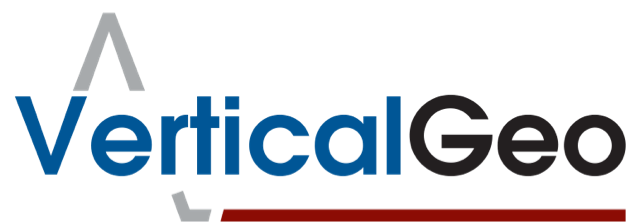
LiDAR
(Light Detection and Ranging)
LiDAR is a surveying method that measures distance to a target by illuminating the target with laser light and measuring the reflected light with a sensor. Now imagine doing this several times per second as you fly over a target, or several times per meter as you focus on a stationary target. The results are a very accurate measurement of distance. LiDAR is used extensively to create 3-D models of the earth or features on the earth. LiDAR can be collected using airborne, terrestrial, or mobile systems. VerticalGeo has been creating and processing LiDAR products since 2011.
Our History
Since 2014, VerticalGeo has been providing LiDAR processing support for the Missouri Department of Fish and Wildlife. We cleaned and classified approximately 22,000 square miles of LiDAR data in both Missouri and Arkansas over the course of the last 6 years. The result of our effort was a bare earth surface model that is the foundational dataset in each state’s LiDAR holdings. These surface models are used for modeling storm water runoff and flooding, along with countless other uses.
VerticalGeo has been using our FARO X-330 Terrestrial LiDAR Scanner to scan numerous different landscapes. The terrestrial LiDAR Scanner provides a point cloud suitable for creation of
3-D features.
The adjacent screenshot is of an aerial LiDAR scene processed for the Missouri Department of Fish and Wildlife.
Terrestrial LiDAR is becoming more and more common popular for creating 3-D models that document historic buildings and other features, road and railroad bridges, stream and lake bank features, and change detection.
Terrestrial LiDAR scan of downtown Boise, Idaho


